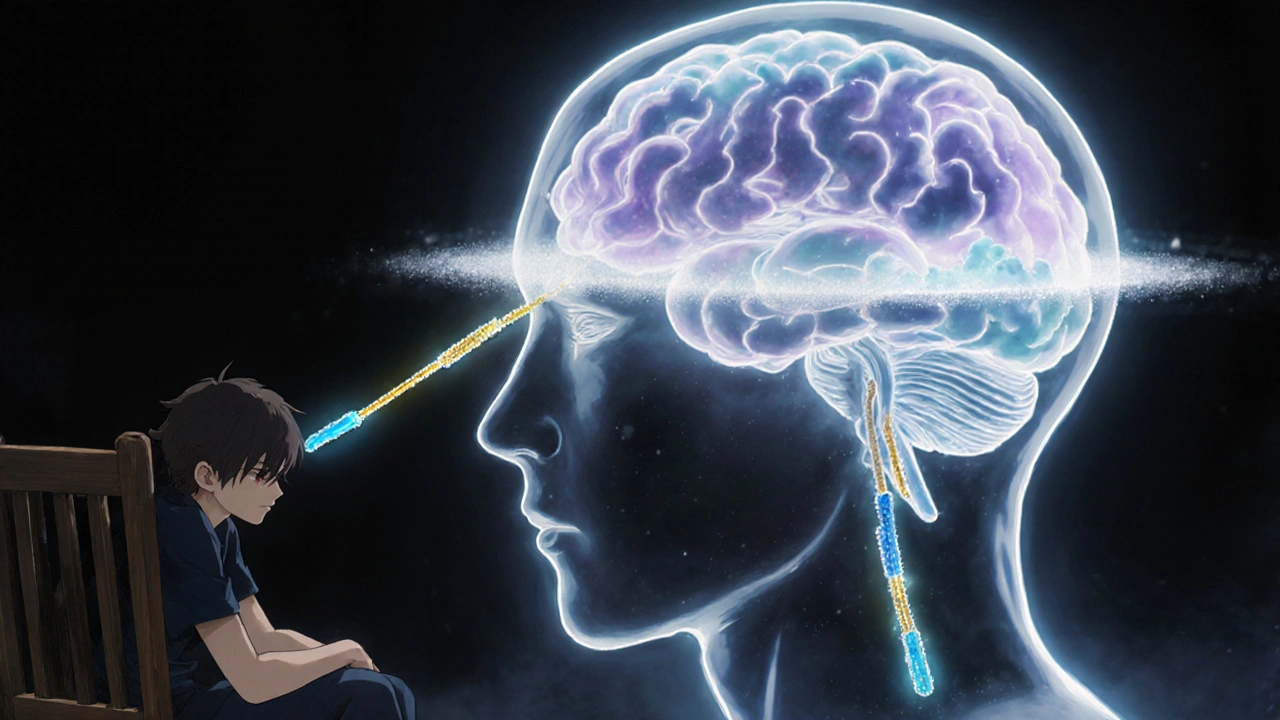tuberculosis treatment: essential guide for patients and clinicians
When dealing with tuberculosis treatment, the medical strategy used to cure infection caused by Mycobacterium tuberculosis. Also known as TB therapy, it combines medicines, monitoring, and support to kill the bacteria and keep the disease from returning.
Key components of effective TB therapy
The backbone of any tuberculosis treatment plan is a multi‑drug regimen. The most common first‑line agents are isoniazid, a bactericidal drug that targets actively replicating TB cells and rifampicin, a potent antibiotic that prevents bacterial RNA synthesis. Together they are paired with ethambutol and pyrazinamide to form a four‑drug cocktail taken for at least six months. When the bacteria develop resistance, the scenario shifts to drug‑resistant TB, forms such as MDR‑TB or XDR‑TB that require second‑line drugs and longer treatment durations. Side‑effects like liver toxicity or visual changes are common, so regular blood tests and eye exams become part of the monitoring routine. Adherence is the biggest predictor of success; missing doses can create resistant strains and prolong illness.
To boost adherence, many programs use directly observed therapy, a strategy where healthcare workers watch patients take each dose. DOT reduces missed doses, shortens infectious periods, and improves overall cure rates. It works hand‑in‑hand with patient education, nutrition counseling, and social support. Treatment length varies: standard cases finish after six months, while drug‑resistant cases may need 18‑24 months of therapy. Children, pregnant women, and people with HIV need dose adjustments and closer follow‑up. By the end of the regimen, sputum tests should be negative and radiographs show healing.
Below you’ll find a curated collection of articles that dive deeper into each of these topics—drug choices, managing side‑effects, monitoring protocols, and real‑world case studies. Whether you’re a patient looking for clear next steps or a clinician seeking the latest evidence, the resources ahead cover the full spectrum of modern TB care.
Ethionamide’s Impact on Mental Health: How TB Treatment Affects Your Mood
Explore how ethionamide used for TB can affect mental health, learn to spot depression or anxiety early, and discover medical and psychosocial steps to keep patients stable during treatment.
READ MORE
